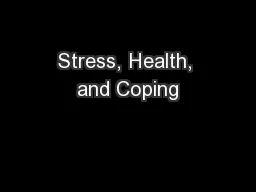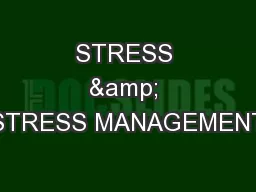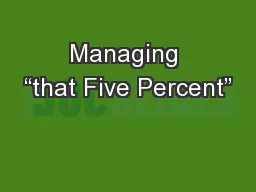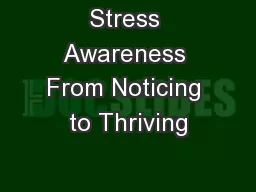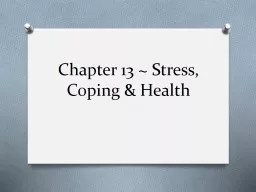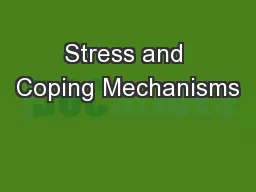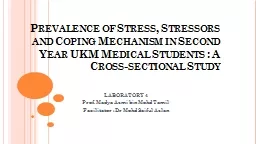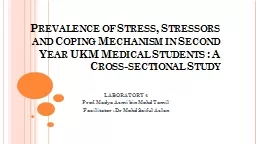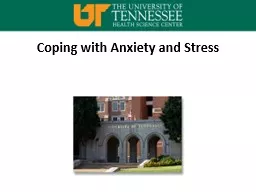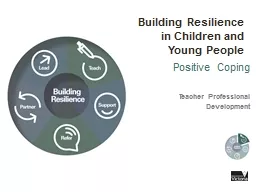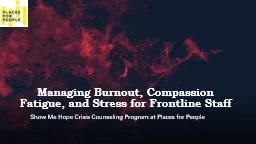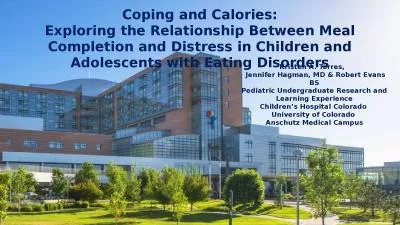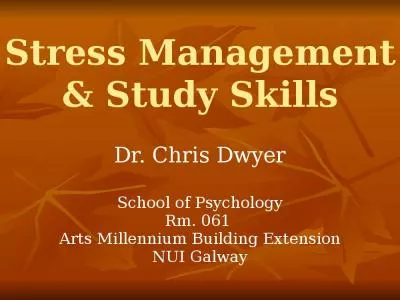PPT-Stress, Health, and Coping
Author : aaron | Published Date : 2019-02-27
Chapter Twelve Stress Negative emotional state occurring in response to events that are perceived as taxing or exceeding a persons resources or ability to cope
Presentation Embed Code
Download Presentation
Download Presentation The PPT/PDF document "Stress, Health, and Coping" is the property of its rightful owner. Permission is granted to download and print the materials on this website for personal, non-commercial use only, and to display it on your personal computer provided you do not modify the materials and that you retain all copyright notices contained in the materials. By downloading content from our website, you accept the terms of this agreement.
Stress, Health, and Coping: Transcript
Download Rules Of Document
"Stress, Health, and Coping"The content belongs to its owner. You may download and print it for personal use, without modification, and keep all copyright notices. By downloading, you agree to these terms.
Related Documents

